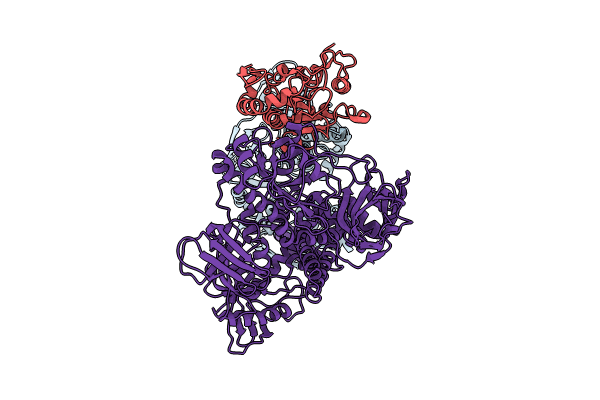
Deposition Date
2023-08-04
Release Date
2024-05-08
Last Version Date
2024-06-05
Entry Detail
PDB ID:
8Q3R
Keywords:
Title:
Cryo-EM structure of the DNA polymerase holoenzyme E9-A20-D4 of vaccinia virus
Biological Source:
Source Organism:
Vaccinia virus Copenhagen (Taxon ID: 10249)
Host Organism:
Method Details:
Experimental Method:
Resolution:
3.80 Å
Aggregation State:
PARTICLE
Reconstruction Method:
SINGLE PARTICLE


